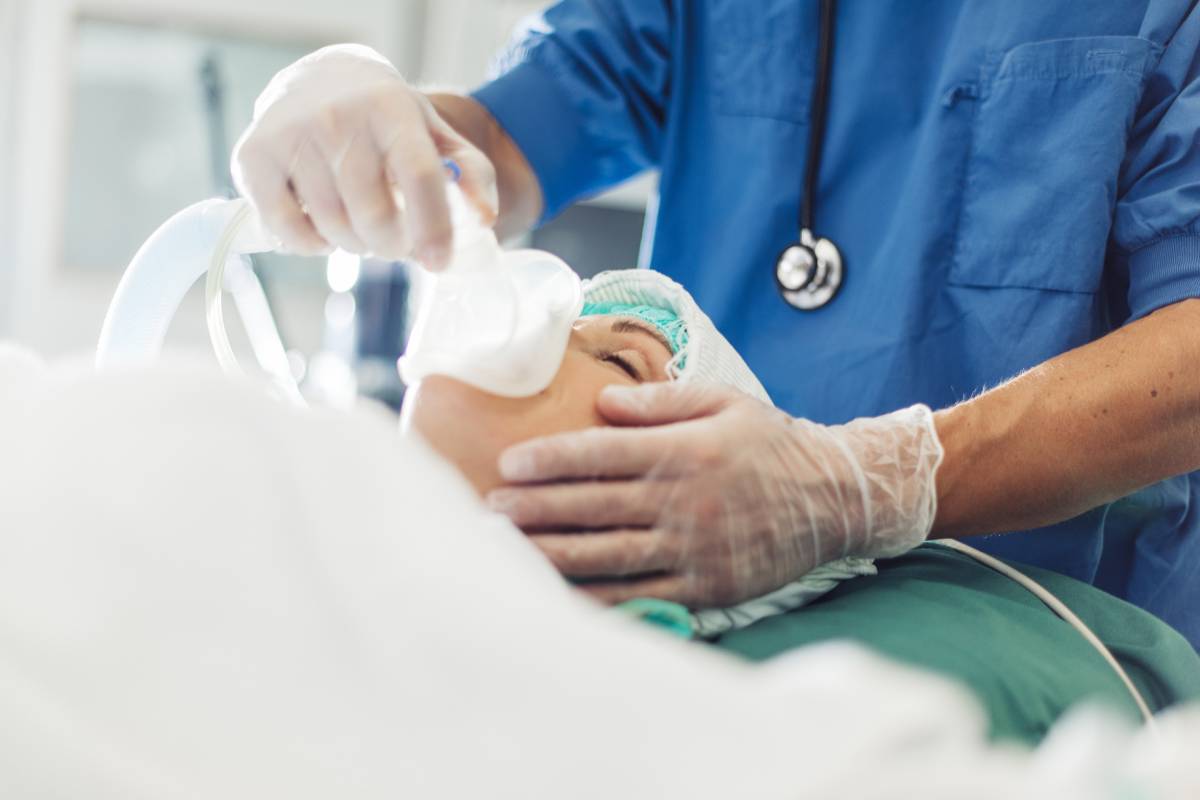Anesthesia fellowships have undergone significant transformations that reflect broad trends in healthcare, technology, and education. These programs, which provide specialized training beyond residency, are evolving to meet the growing complexity of anesthetic practice, emerging subspecialties, and shifting healthcare priorities.
One of the most prominent trends in anesthesia fellowships is the expansion and diversification of subspecialties. While traditional pathways such as cardiothoracic, pediatric, and pain management anesthesia remain popular, newer fellowships have gained traction. Areas like regional anesthesia and acute pain medicine, perioperative medicine, and critical care continue to grow in response to shifting patient needs and advances in medical technology. Additionally, fellowships in global health, palliative care, and research anesthesia are emerging, catering to trainees with interests beyond traditional clinical roles 1,2.
Many anesthesia fellowships now emphasize multidisciplinary collaboration. Anesthesiologists work alongside surgeons, intensivists, and pain management specialists in complex perioperative and critical care settings. To better prepare fellows for these interdisciplinary roles, many programs integrate rotations in allied specialties, including internal medicine, emergency medicine, and neurology. This cross-disciplinary exposure enhances fellows’ ability to manage patients across a broad spectrum of care environments 3–5.
Research opportunities within anesthesia fellowships have expanded significantly. Many programs now offer dedicated research tracks, allowing fellows to explore novel anesthetic techniques, pharmacology, and technology-driven interventions. Some institutions offer hybrid clinical–research fellowships that extend beyond the traditional one-year format, enabling deeper engagement in academic projects and clinical trials. With the increasing role of artificial intelligence, machine learning, and big data in anesthesia, fellows are gaining exposure to innovative methodologies that may shape the future of anesthetic practice 6–8.
The increase in global interconnectivity in the field of anesthesia has also influenced fellowship structures. Many programs now incorporate international rotations or partnerships with institutions in different countries. These experiences provide fellows with exposure to diverse healthcare systems, varied anesthetic techniques, and resource-limited environments. Fellowships focused on global health anesthesia prepare anesthesiologists to work in low-resource settings, expanding their skillset and contributing to worldwide improvements in perioperative care 9,10.
The traditional model of in-person, hands-on clinical training is being supplemented by novel educational methodologies. Simulation-based training, for instance, has become a crucial component of anesthesia fellowships. High-fidelity simulations allow fellows to refine their skills in crisis management, airway emergencies, and complex anesthetic procedures without putting patients at risk. Additionally, online learning modules, virtual case conferences, and telemedicine-based education have become more prevalent, offering greater flexibility in training while ensuring comprehensive competency development 11–13.
In response to increasing concerns about burnout in the medical profession, anesthesia fellowships are placing greater emphasis on wellness and work-life balance. Many programs now incorporate structured mentorship, mental health resources, and policies designed to mitigate fatigue. Flexible scheduling options and protected research or administrative time are becoming more common, recognizing the importance of maintaining a sustainable work-life balance for fellows 14–16.
Anesthesia fellowships continue to evolve in response to broad trends within healthcare related to technological advancements, interdisciplinary collaboration, and changing healthcare demands.
References
- Fellowships. Anesthesiology https://www.anesthesiology.cuimc.columbia.edu/education/fellowships (2017).
- Anesthesiology – Fellowships in Anesthesiology | Anesthesiology | Patient Care | Montefiore Einstein. https://montefioreeinstein.org/patient-care/services/anesthesiology/education/fellowships.
- Curriculum Anesthesiology Residency | Icahn School of Medicine. Icahn School of Medicine at Mount Sinai https://icahn.mssm.edu/education/residencies-fellowships/list/msh-anesthesiology-residency/curriculum.
- Anesthesiology Multidisciplinary Pain Medicine Fellowship – Prospective Fellows – Graduate Medical Education – Education – University of Rochester Medical Center. https://www.urmc.rochester.edu/education/graduate-medical-education/prospective-fellows/multidisciplinary-pain-medicine-fellowship.
- Training Programs. The American Board of Anesthesiology https://www.theaba.org/training-programs/.
- Foundation for Anesthesia Education and Research (FAER) NAM Fellowship. National Academy of Medicine https://nam.edu/programs/health-policy-educational-programs-and-fellowships/nam-fellowship-program/foundation-for-anesthesia-education-and-research-faer-nam-fellowship/.
- Harvard Anesthesia Research Training Fellowship. Massachusetts General Hospital https://www.massgeneral.org/anesthesia/education-and-training/fellowships/harvard-anesthesia-research-training-fellowship.
- Kwon, A. H. et al. Anesthesiologists Wake Up! It Is Time for Research and Innovative Medical Entrepreneurism. J Educ Perioper Med 23, E657 (2021). DOI: 10.46374/volxxiii_issue1_nabzdyk
- openanesthesia. Global Health Equity Fellowships. OpenAnesthesia https://www.openanesthesia.org/lists/global-health-equity-fellowships/.
- Global Anesthesiology Fellowship | Department of Anesthesiology. https://www.vumc.org/anesthesiology/global-anesthesiology-fellowship.
- e-Learning Anaesthesia | The Royal College of Anaesthetists. https://www.rcoa.ac.uk/e-learning-anaesthesia.
- Rothkrug, A. & Mahboobi, S. K. Simulation Training and Skill Assessment in Anesthesiology. in StatPearls (StatPearls Publishing, Treasure Island (FL), 2024).
- Bhagwat, M. Simulation and anaesthesia. Indian J Anaesth 56, 14–20 (2012). DOI: 10.4103/0019-5049.93338
- Bayley, S. E. Resident Well-Being | Graduate Medical Education. https://health.uconn.edu/graduate-medical-education/anesthesiology-residency-program/resident-well-being/ (2023).
- Tan, M. et al. Drivers of Well-Being and Burnout in Anesthesiology Residents. J Educ Perioper Med 25, E715 (2023). DOI: 10.46374/volxxv_issue4_Boscardin
- American Society of Anesthesiologists Launches SafeHaven to Deliver Resources to Combat Burnout, Promote Mental Health. https://www.asahq.org/about-asa/newsroom/news-releases/2024/05/asa-launches-safehaven.
